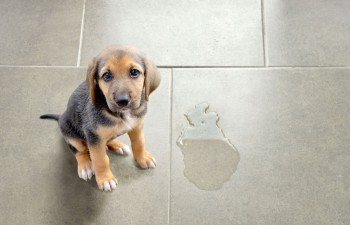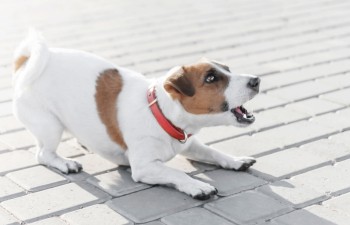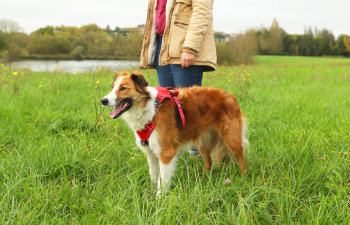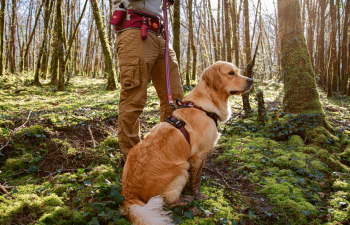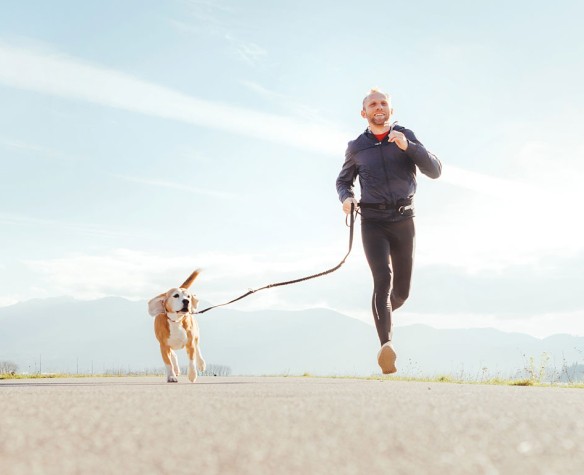
Dogs and sports activities
Exercise is essential to dogs’ general balance and wellbeing: both from a physical and mental perspective. It is also an excellent way to optimise the bond between the dog and his master, and to train dogs through play.
Can all dogs do sports activities?
Young dogs should be taught to walk on a lead as part of their puppy training, as soon as their vaccines and wormers are up to date. Even short walks are recommended for senior dogs to keep them in good physical shape. For some activities require a minimum age for dogs to take part: 12 months for canicross and 18 months for bikejoring. Furthermore, senior dogs will not be able to exercise for the same length of time as younger or adult dogs. Dogs with heart problems or osteoarthritis (depending on the degree of osteoarthritis) should avoid overexertion. Pregnant or lactating females should preferably avoid canine sports activities.
Each breed has its own preferred sport
Due to their conformation, athletic dogs (Braques, Boxers, Beaucerons, Great Danes, etc.) have the physical capacity to carry out intense sports activities. They have a fairly thin abdomen and long front and back legs. They are rather lean and have a tapered abdomen. They are excellent runners and develop great strength. These dogs need more intense exercise than more stocky dog breeds. They are suitable for running, hunting and many other activities requiring intense exertion…
Stocky dog breeds (Newfoundland Dogs, Bernese Mountain Dog, Labradors, etc.) have a thicker, powerful conformation. They are larger in build compared to athletic breeds, with a more barrel-shaped abdomen. These dogs are very good swimmers.
Athletic dogs require on average 40% more exercise than stocky dog breeds. This also determines their different nutritional requirements (“athletic” dogs have a higher lean mass). Furthermore, half an hour of exercise twice daily is sufficient for small breeds, whereas large breeds need one and a half to two hours of exercise a day.
A few ideas for canine sports activities
- Dog agility
The dog must complete an obstacle course (bridges, tunnels, hedges, etc.), completely new to both dog and master. The dog is guided directly by his master. In addition to the playful aspect of this canine sport, it also demonstrates true obedience.
-
Canicross is a 7 km race during which the dog is attached to his master with a harness. Bikejoring follows the same principle, but with a mountain bike. For masters who prefer less intense exercise, walking, or even caniwalking are a possibility. Caniwalking involves walking with the dog at a steady rhythm (a somewhat fast pace). The animal, fitted with a harness, is attached to his master with a belt at the waist, which is connected to a lead and a shock-absorber system. This is important to avoid shock related to movement. Some masters use walking poles for caniwalking. The recommended duration of a fast caniwalk is approximately one hour. Courses can be up to 9 km long for seasoned walkers. This activity can then be adapted to each person’s own rhythm and physical health as they so wish.
- Dog frisbee, also known as “flyball”, is widely practised in English-speaking countries. After jumping over several obstacles, the dog activates a ball launcher and has to catch the ball and take it back to its master, jumping over the obstacles once again.

TPR "Pop" Frisbee ref. 479 080TUR
- French Ring competitions involve various exercises: jumping, suppleness and bite training are among the most well known. This canine activity has the advantage of combining sport and obedience with a playful approach for the dog. A sociability and aptitude for use certificate must be presented to the organiser centres in order for the dog to take part in this activity.
- Swimming is recommended for all dogs, particularly for dogs which are overweight or have joint problems.
Hence, there are numerous possibilities for dogs to take part in sports activities with their masters, according to the master’s preferences in terms of physical exertion and the dog’s age, breed and physical condition. All of these activities are also an opportunity for the dog to meet other dogs and for masters to share their passion for dogs and sports with other dog owners.
Article written by Dr Valérie Crousse, veterinary surgeon

